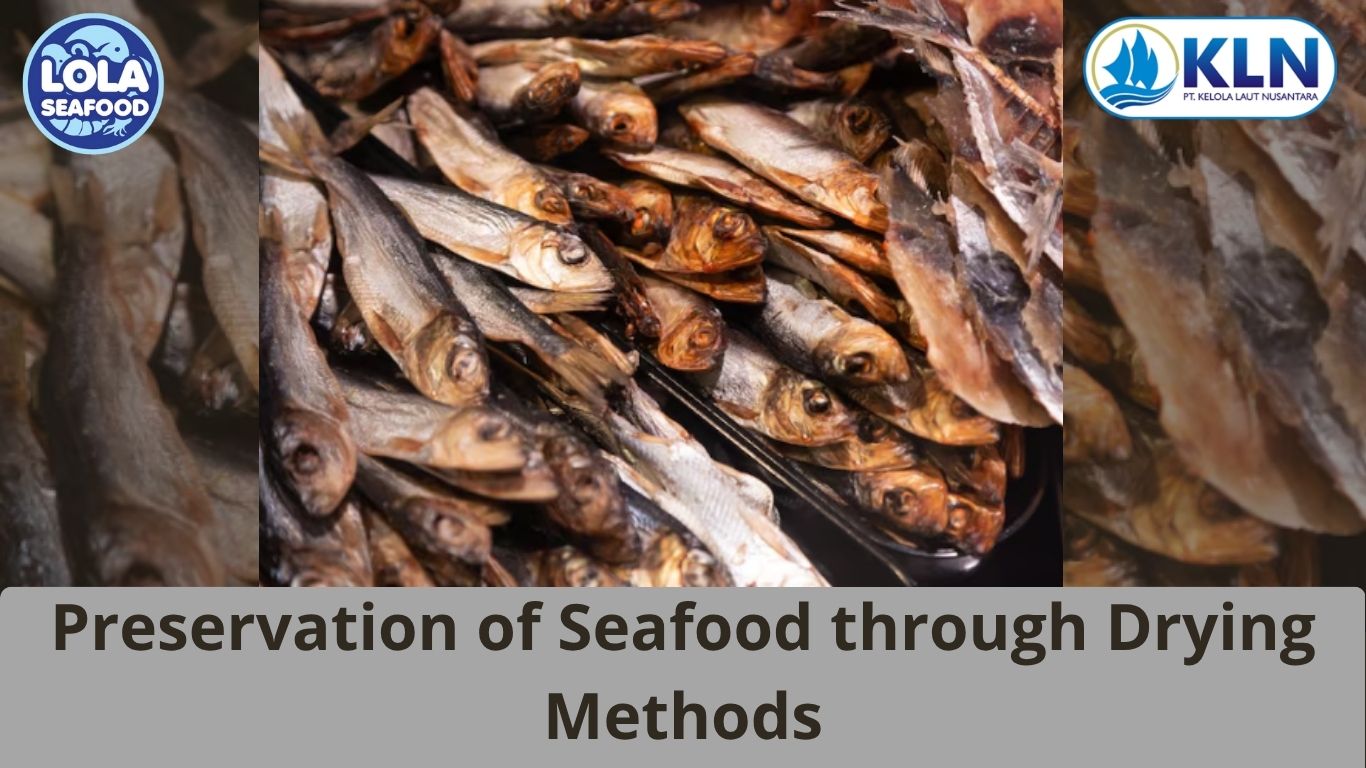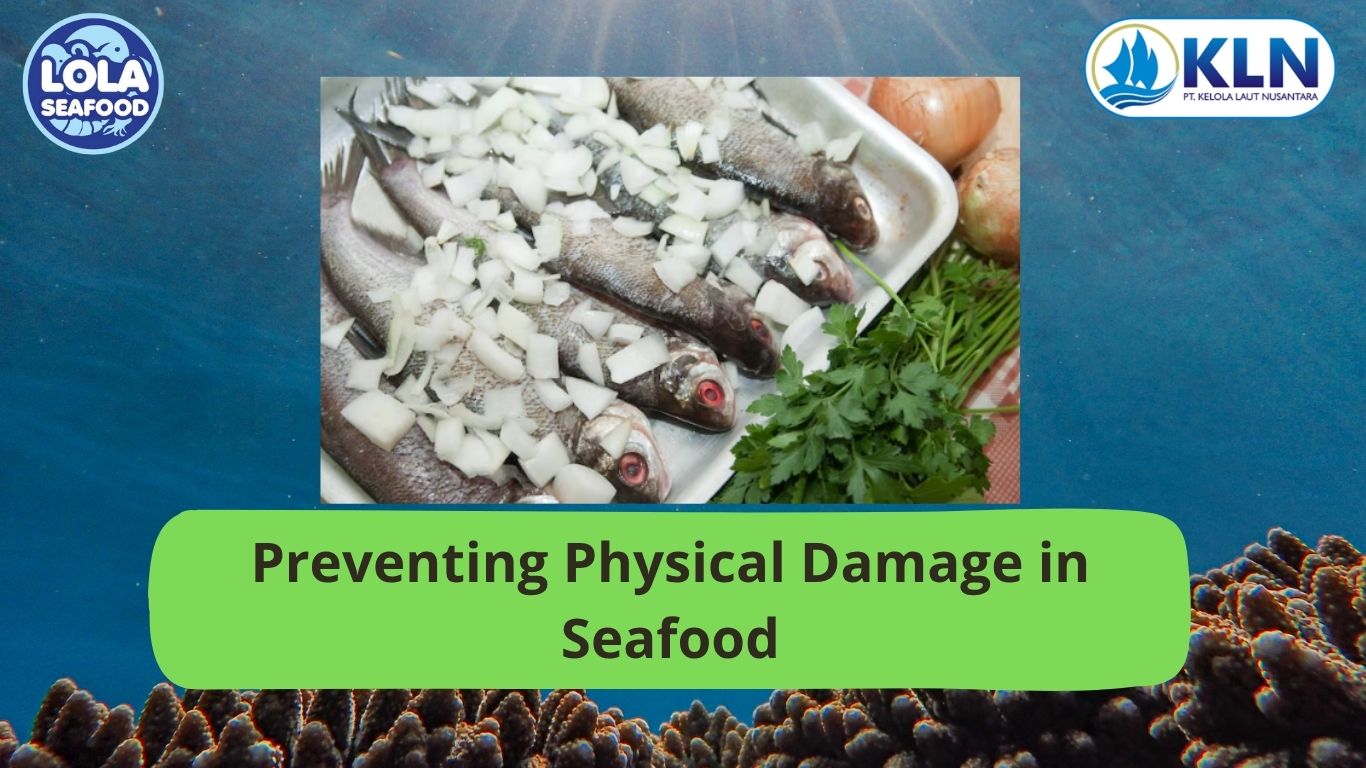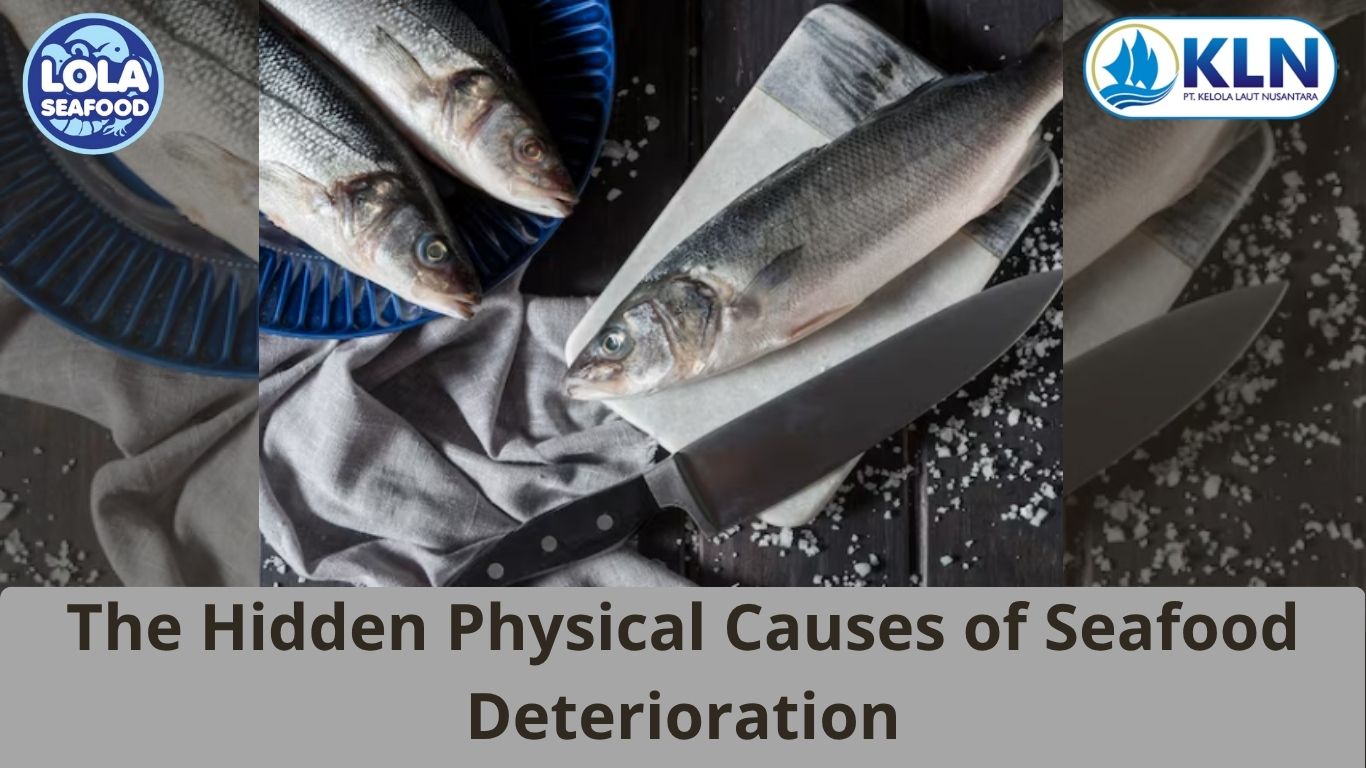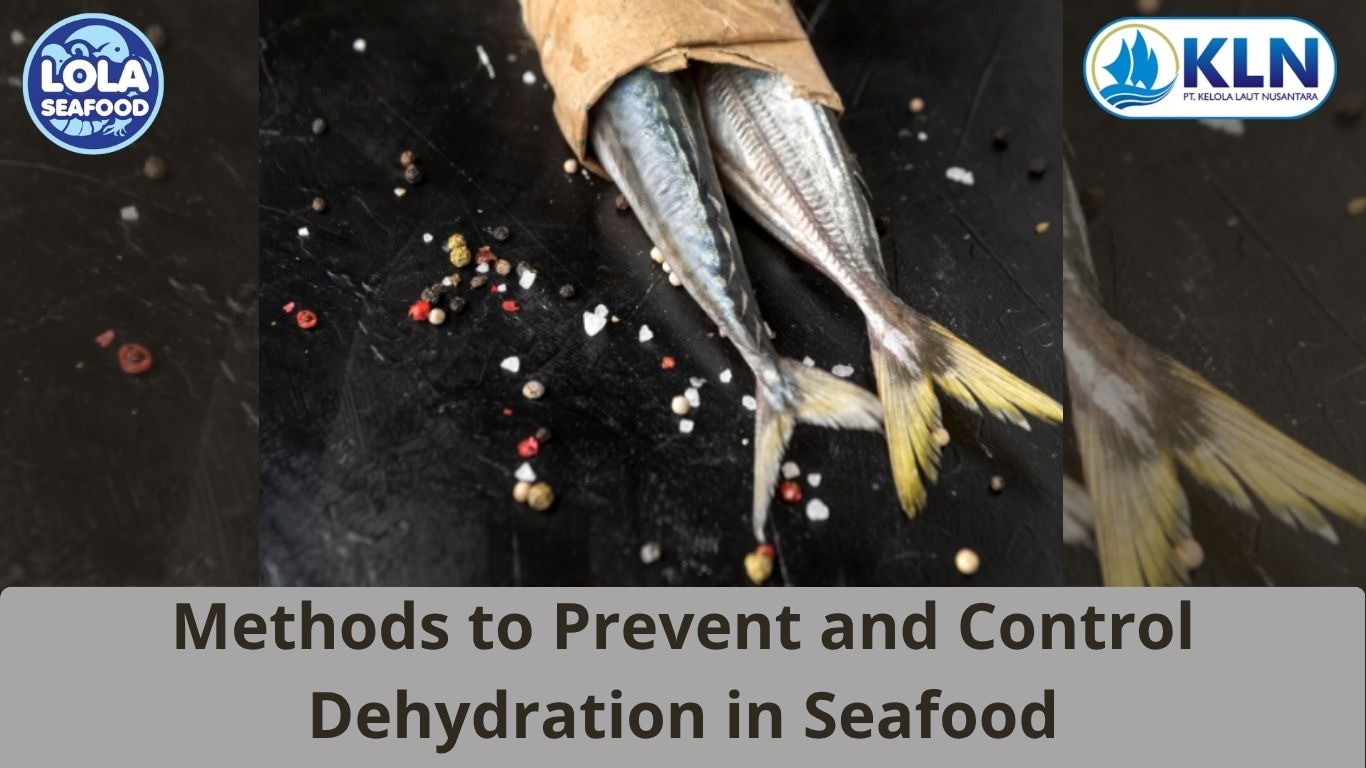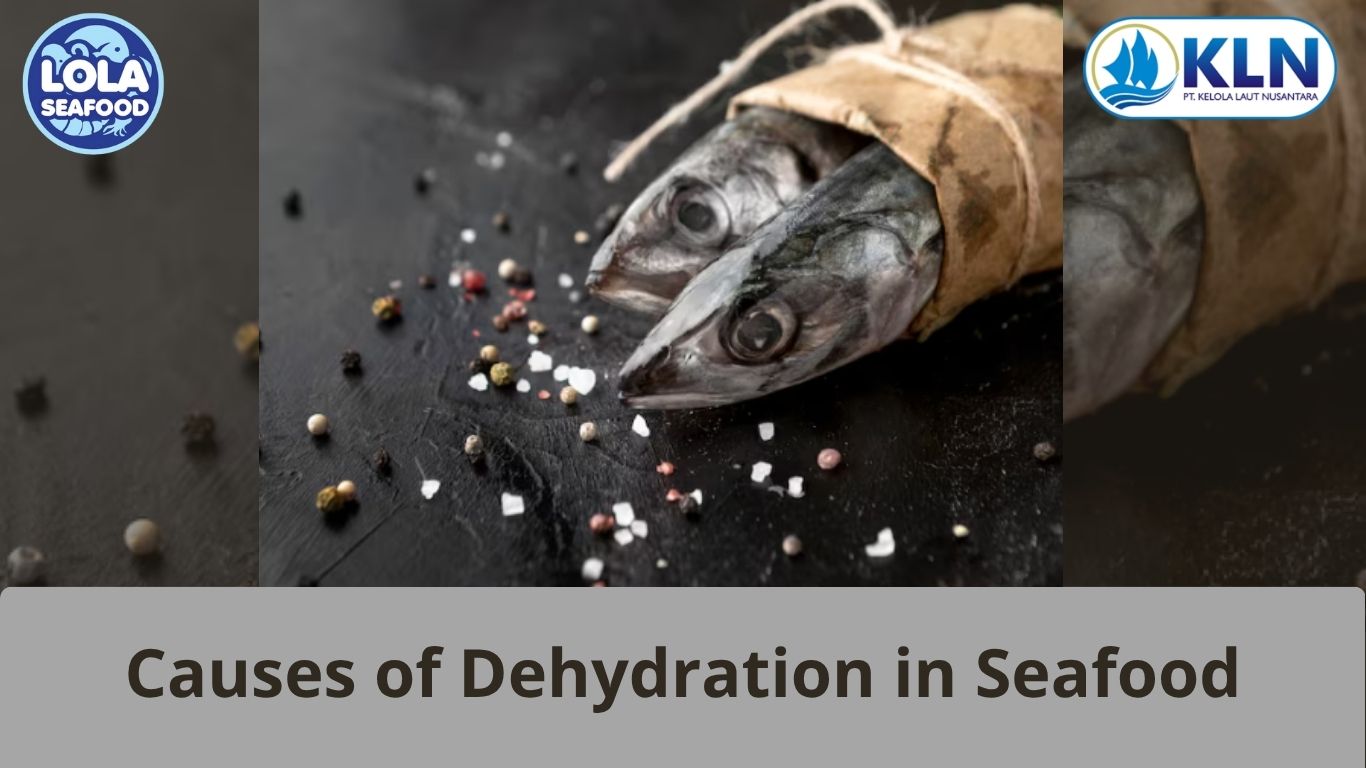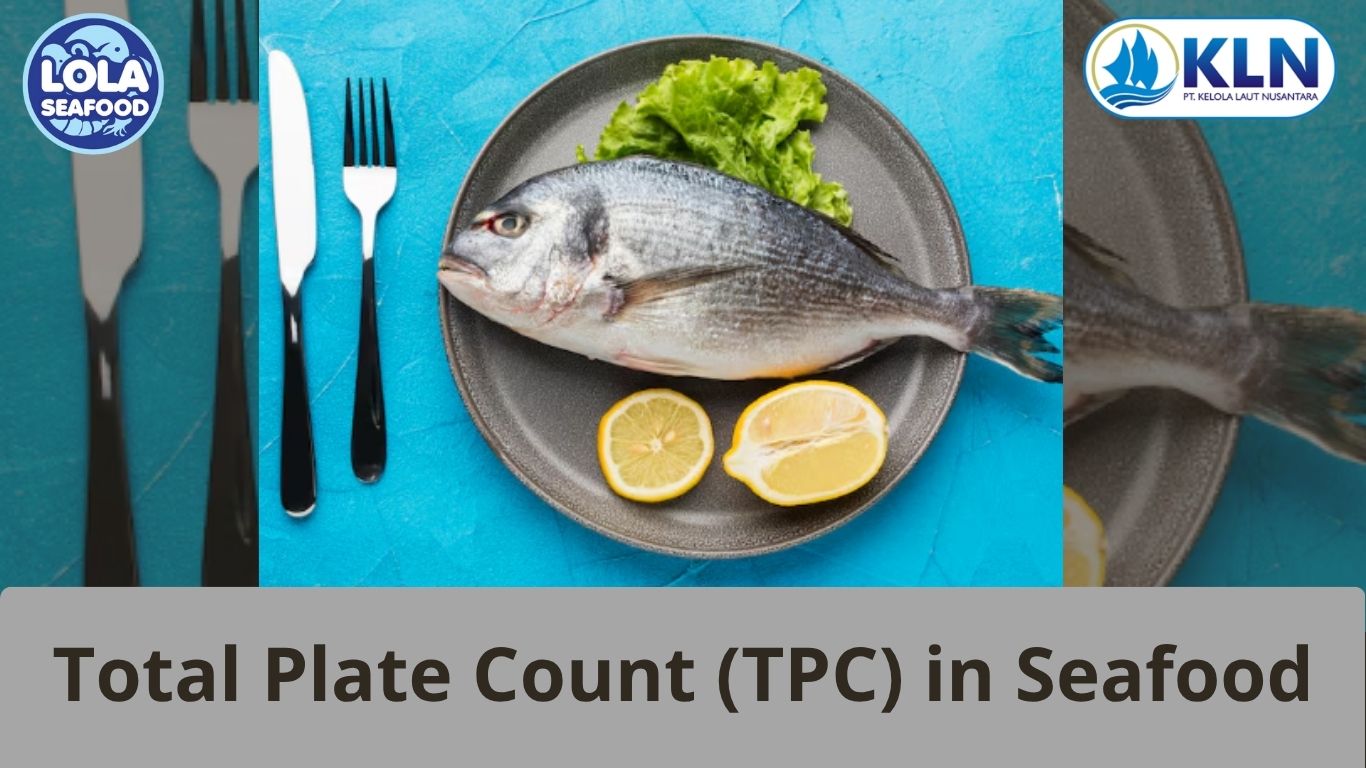Here Are the Habits of Adult Tomato Rockcod
By. Lutfi - 17 Feb 2025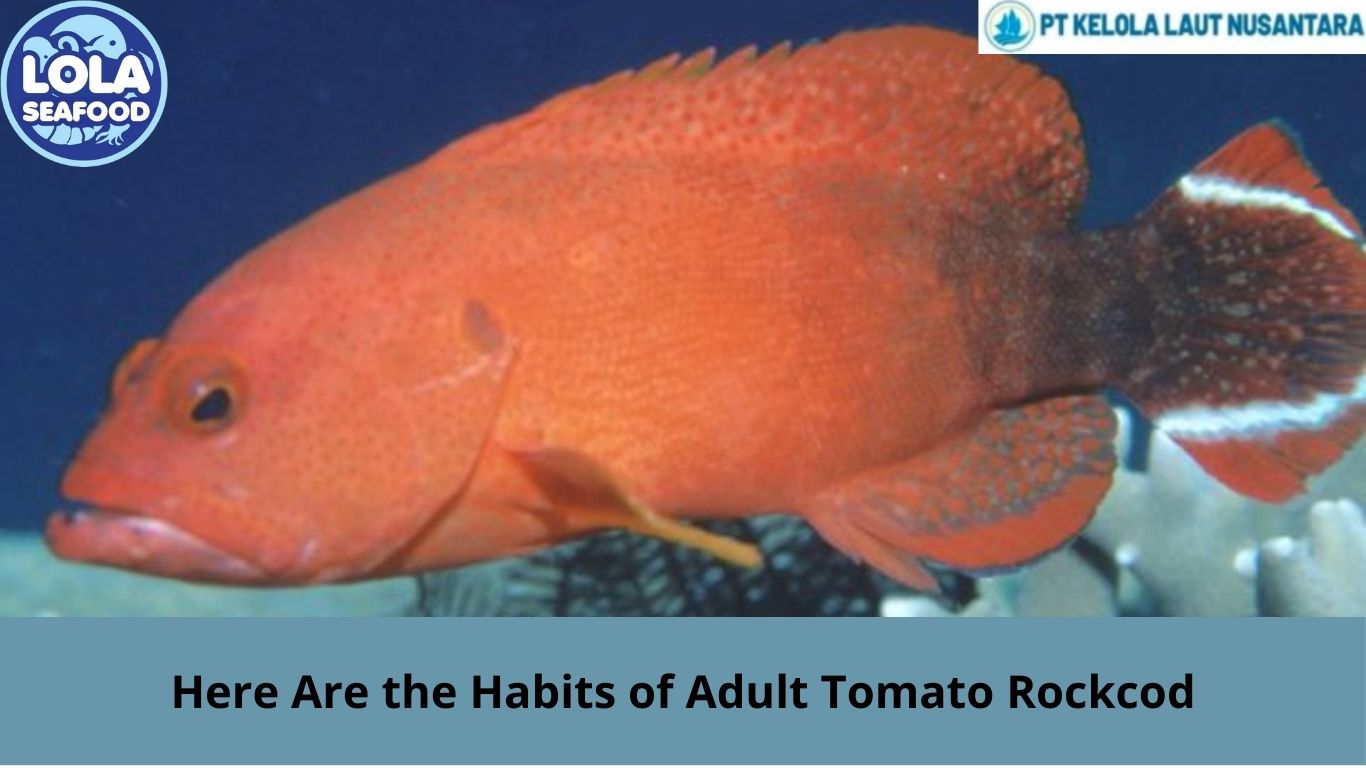
Kelolalaut.com The Tomato Rockcod (Cephalopholis sonnerati), also known as the Tomato Grouper, is a species of reef fish found in tropical and subtropical waters, primarily in the Indo-Pacific region. As adults, these fish exhibit distinct behaviours and habits that contribute to their survival, reproduction, and role within the marine ecosystem.
Habitat and Distribution
Adult Tomato Rockcods are most commonly found in coral reefs, rocky outcrops, and lagoons at depths ranging from 5 to 100 meters. They prefer areas with ample hiding spots, such as caves and crevices, where they can ambush prey and avoid predators. Their distribution spans from the Red Sea and the east coast of Africa to the central Pacific, including Australia, Indonesia, and the Philippines.
Feeding Habits
As carnivorous predators, adult Tomato Rockcods rely on their sharp teeth and strong jaws to capture prey. Their diet consists mainly of small fish, crustaceans, and cephalopods. These fish are ambush predators, meaning they lie in wait for unsuspecting prey to pass by before striking with remarkable speed and accuracy. They are known to be opportunistic feeders and may consume a variety of marine organisms depending on availability.
Solitary and Territorial Behaviour
Adult Tomato Rockcods are typically solitary fish that establish and defend their own territories. They select specific areas within the reef and aggressively guard them against intruders, including other rockcods and similar predatory species. This territorial nature helps them maintain access to prime hunting grounds and suitable shelter. Their defensive behaviours include posturing, chasing, and, in some cases, direct physical aggression toward other fish that encroach upon their domain.
Reproductive Habits
Reproduction in Tomato Rockcods is closely linked to environmental conditions, including water temperature and seasonal changes. They are protogynous hermaphrodites, meaning they start life as females and have the ability to transition into males as they grow older and larger. This adaptation allows dominant individuals to control reproductive access within their territories.
Spawning typically occurs during specific lunar cycles when water conditions are favourable. During this time, males establish temporary spawning sites and court females by displaying vibrant colour patterns and engaging in ritualized behaviours. Fertilization is external, with females releasing eggs into the water column while males simultaneously release sperm. The fertilized eggs drift with ocean currents before hatching into larvae, which eventually settle in reef habitats as juveniles.
Defence Mechanisms and Adaptations
Tomato Rockcods have evolved several adaptations to enhance their survival. Their reddish-brown coloration helps them blend into coral and rocky environments, providing effective camouflage against predators. Additionally, they possess sharp dorsal spines that can deter larger predatory fish from attacking them. When threatened, they may retreat into reef crevices or exhibit rapid bursts of speed to escape danger.
Role in the Ecosystem
As apex predators within their habitat, Tomato Rockcods play a crucial role in maintaining the balance of reef ecosystems. By controlling populations of smaller fish and invertebrates, they help prevent overpopulation and maintain biodiversity. However, their populations are increasingly threatened by overfishing, habitat destruction, and climate change. Conservation efforts, such as marine protected areas and sustainable fishing practices, are essential for ensuring their long-term survival.
In conclusion, the adult Tomato Rockcod exhibits fascinating behaviours, from ambush hunting and territoriality to reproductive adaptations. Their presence in reef ecosystems highlights the importance of maintaining healthy marine environments for future generations.
If youre interested in our Grouper Fillet Skinless, Grouper Black Dotted Whole Round, and Grouper Fillet Portion Cut please do not hesitate to contact us through email and/or whatsapp
.jpg)
